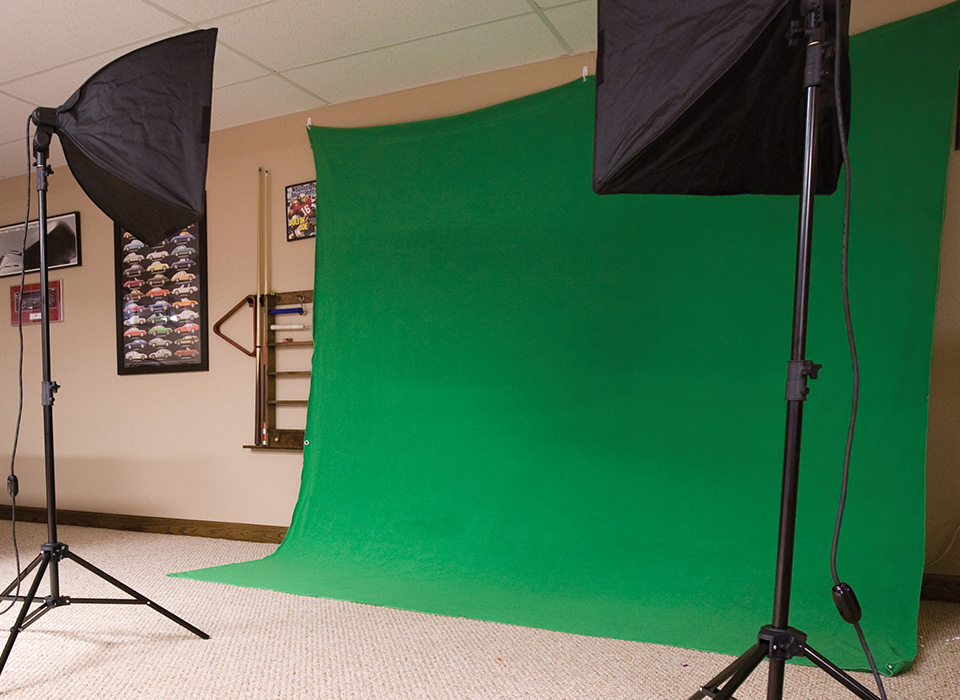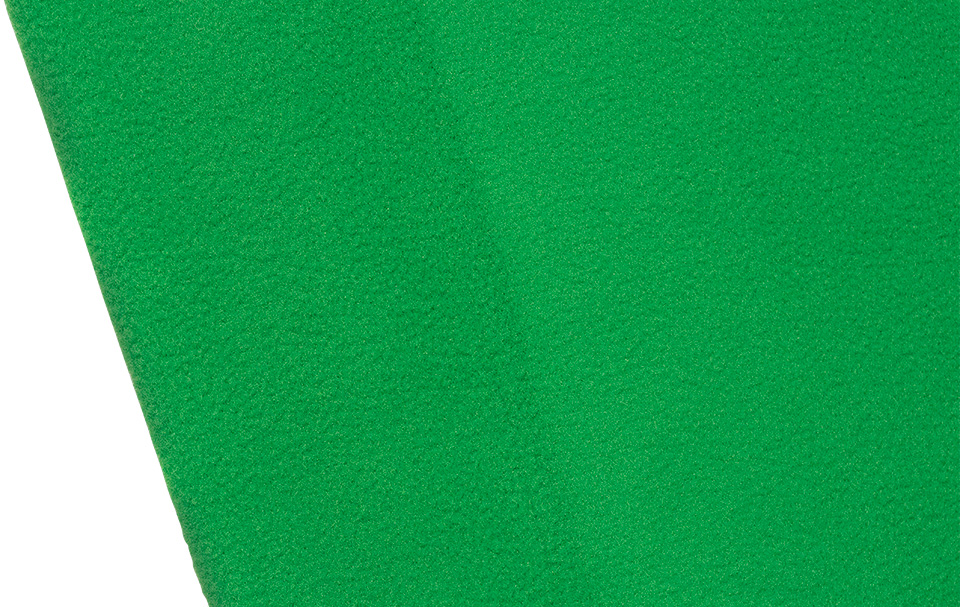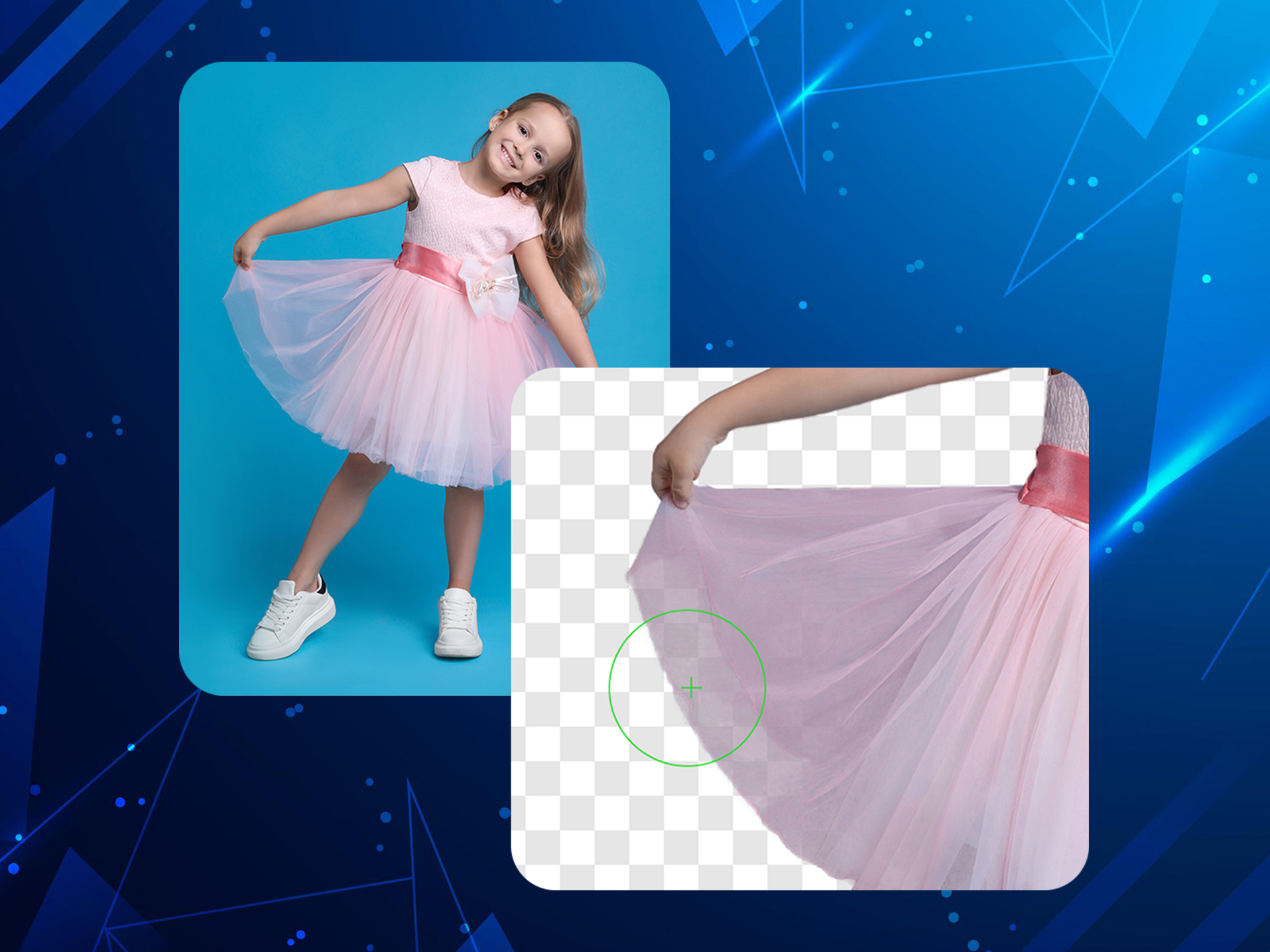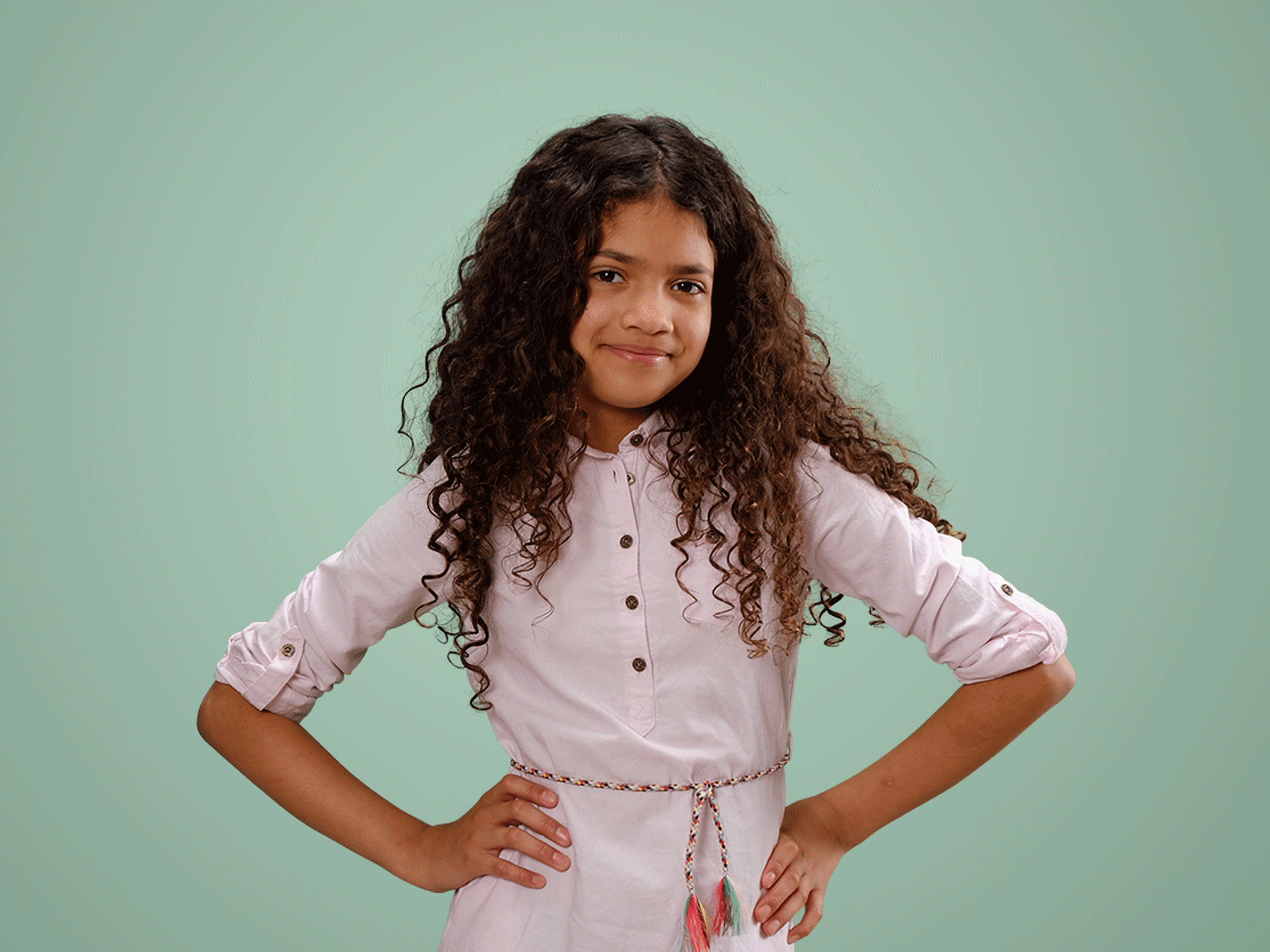How to Choose Your Green Screen Backdrop?

How to make your technicians the best in the photography industry
June 19, 2019
The best poses for green screen school photography
August 15, 2019If you are new to studio photography, the world of green screen photography or chroma keying may seem daunting. Here is how to differentiate the many green screen backdrop options out there, so that you can have one more trick up your sleeve and expand your client base.
First off, chroma keying can be done with backgrounds of any color. The advantage of choosing green is that it responds better to every human skin color. You can then rest assured that every subject passing in front of your camera will be nicely captured.

Secondly, a green screen allows for a much shorter production time. That can prove especially useful when shooting many people in one day, as with sport, school or portrait photographers. Since working these kinds of shoots is already very demanding, not having to worry about the location and the final background is a welcome respite.
Different fabrics
That being said, green screen backdrops come in many different materials which all have their pros and cons.
Having a painted wall, for example, can be very useful. It is always wrinkle-free and works well for photographing large objects or groups.
But since you’re probably not going to go around carrying a slab of concrete on every shoot, more portable options do arise.
A foam backdrop can be very interesting: it is wrinkle-free and durable. But texture is its one disadvantage, since it can cause some difficulty when keying and doing some extra-work in post-processing.
That brings us to another factor you must keep in mind: using a green screen means having to extract the photo, preferably using a green screen extraction software. Getting a good result will come from thinking ahead about the fabric of your backdrop, so it makes your life easier when you get in front of your computer.
Once you know this, you may be tempted to use a paper backdrop. It has the very important benefit of being wrinkle-free, its matte finish limits glare and reflection, it can extend to the floor for full-body poses and you can rip it right off if it gets too dirty.
Vinyl has many similar upsides and can also count on a very smooth texture which makes keying easier. It can also be wiped clean, if necessary. Paper and vinyl do, however, come with width limitations which can make them less ideal for big objects and group photography.
By then, you must surely realize that no option is perfect. There is one fabric, though, that we do prefer: a cotton-polyester blend, like the one manufactured by Westcott.
A backdrop that is 9'x10' or 9'x20' would be ideal for groups, while 5'x7' or 5'x12' is ideal for individuals. It is lightweight, thus very easy to transport, is machine washable and wrinkle-resistant.

Once you have chosen the best green screen backdrop option for you, the next step will be to learn how to make a good green screen setup and how to position your subject to obtain the best possible results.
Combined with our KEY36 Photoshop Plugin, this knowledge will allow you to be the best you can be just in time for school photography season.
Don’t forget: we at 36Pix are always here to help you and answer your questions concerning green screen photography.
Enjoy the rest of the summer!




